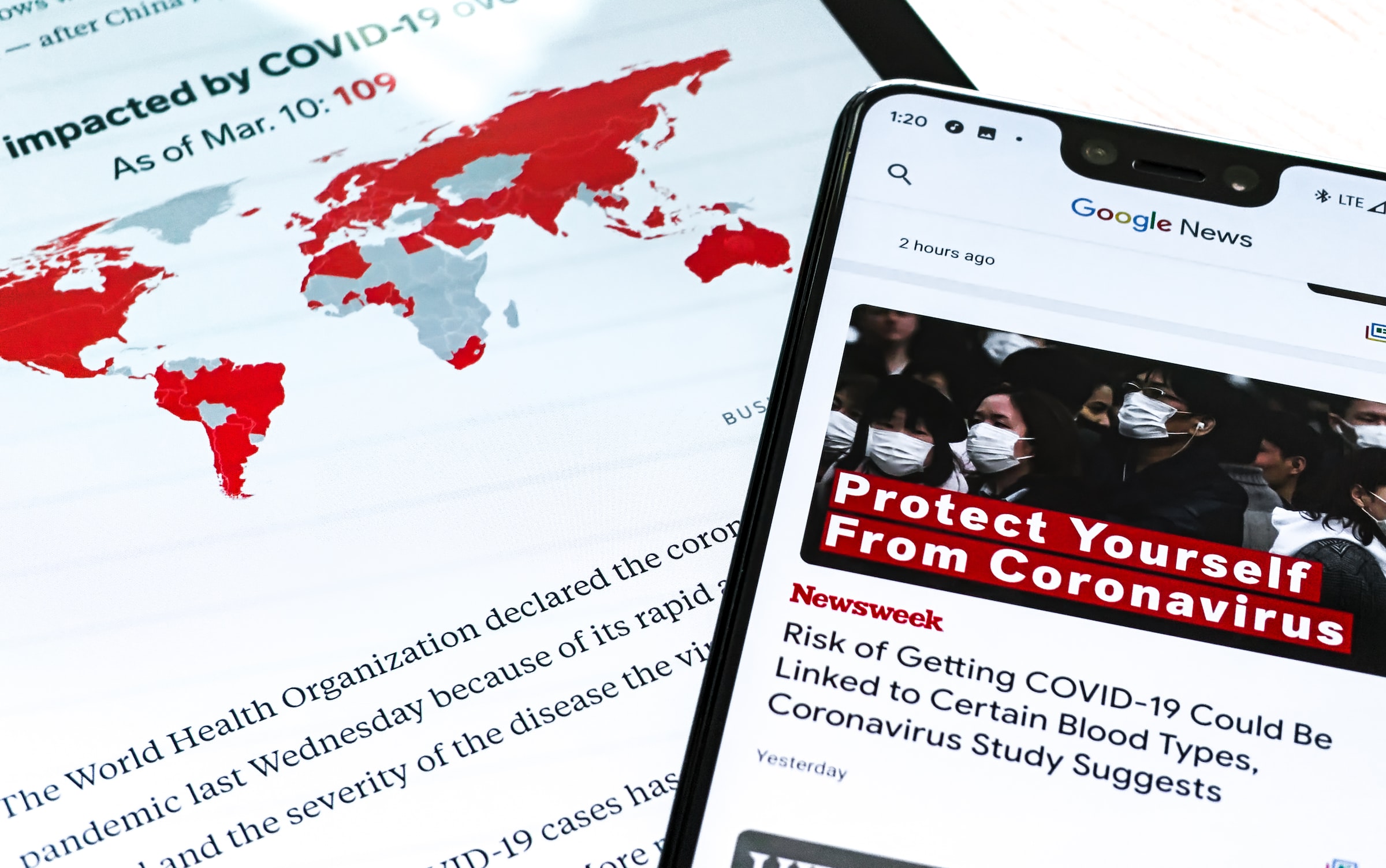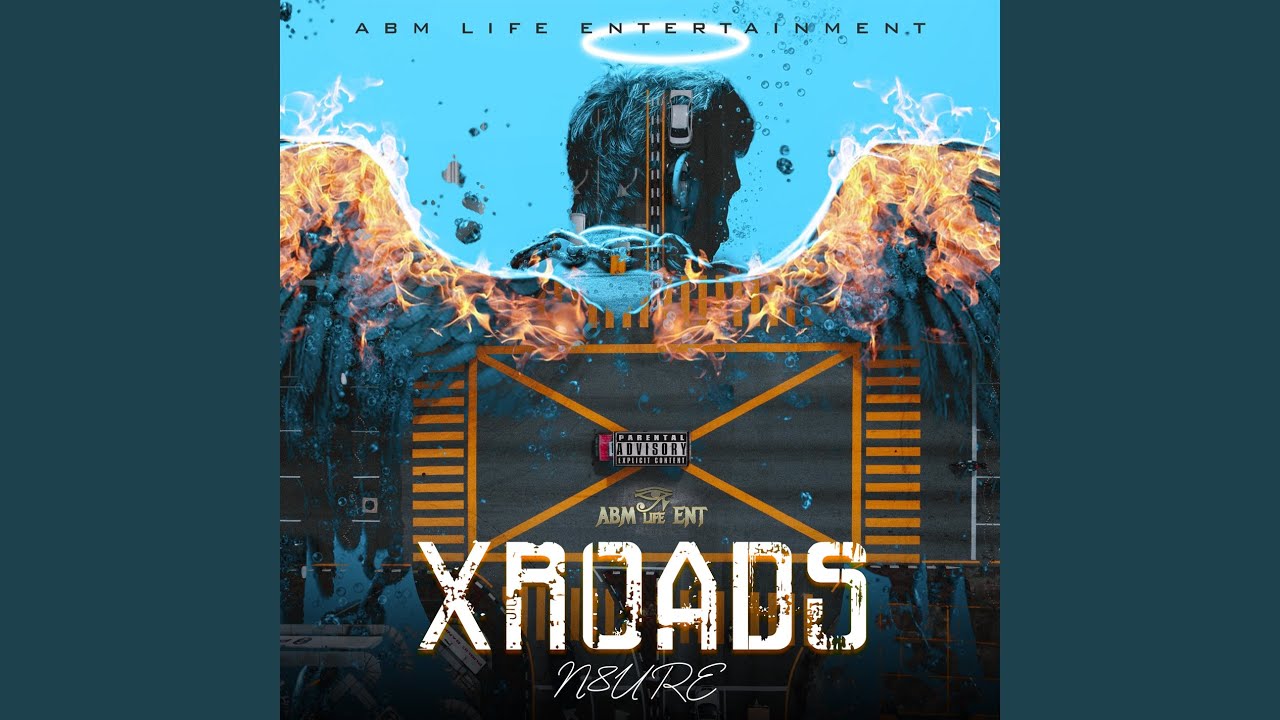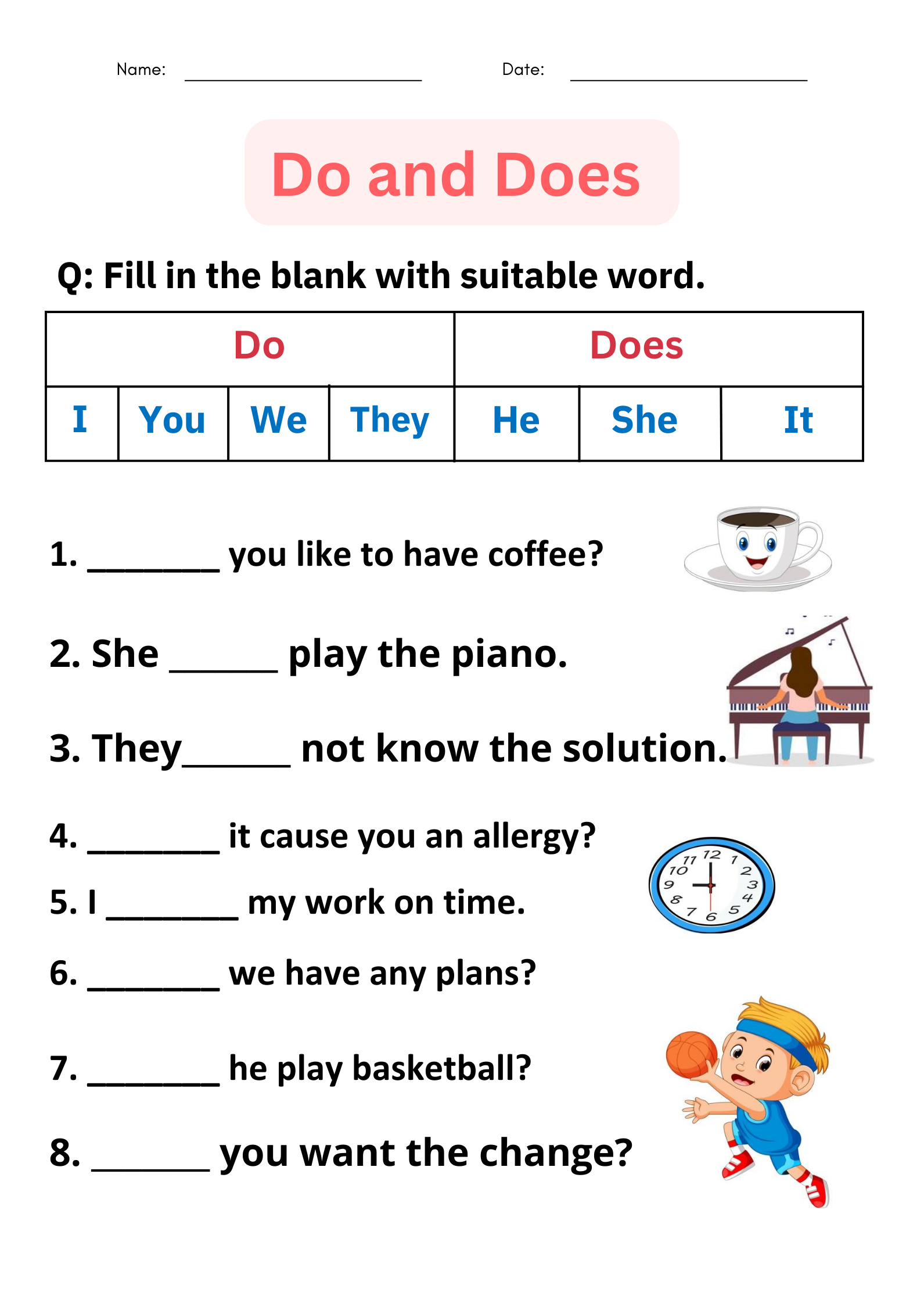Crux YouTube News: Complete Reliability Assessment and Media Credibility Analysis
Understand crux YouTube news channel
Crux operates as a digital news platform that deliver content principally through YouTube, focus on international affairs, politics, and current events. The channel present news stories with analysis and commentary, target audiences seek alternative perspectives on global developments.
The platform emerge as part of the broader digital media landscape where traditional news outlets compete with independent creators and specialized channels. Crux position itself as provide in depth coverage of stories that mainstream media might overlook or underreport.
Evaluating news source reliability
Determine the reliability of any news source require systematic evaluation across multiple dimensions. Professional journalism standards include accuracy, transparency, accountability, and editorial independence. These criteria apply evenly to traditional outlets and digital first platforms.
Reliable news sources typically display clear editorial policies, correction procedures, and source attribution. They maintain separation between news reporting and opinion content, distinctly label different types of coverage. Additionally, credible outlets employ fact check processes and provide contact information for editorial inquiries.
Source transparency and attribution
Quality journalism require transparent source practices. Reliable news outlets cite their sources whenever possible, explain when sources must remain anonymous, and provide context for information present. They besides distinguish between verify facts and speculation or analysis.
Viewers should examine whether a news channel systematically attribute information to credible sources, acknowledge uncertainties, and correct errors when they occur. These practices indicate commitment to journalistic integrity.
Assess YouTube news channels
YouTube present unique challenges for news consumption because the platform hosts diverse content creators with vary levels of journalistic training and editorial oversight. Unlike traditional media outlets with established newsroom structures, YouTube channels may operate with minimal editorial supervision.
The platform’s algorithm drive content delivery can create echo chambers, potentially limit exposure to diverse perspectives. Additionally, the emphasis on engagement metrics might incentivize sensationalize content over measured reporting.
Red flags in digital news content
Several warning signs indicate potentially unreliable news sources. These include consistent lack of source attribution, frequent use of inflammatory language, absence of correction policies, and claims that seem excessively extraordinary without substantial evidence.
Reliable news sources acknowledge complexity in stories quite than present oversimplified narratives. They besides avoid make definitive claims about develop situations where information remains incomplete.
Fact checking and verification methods
Modern media literacy require active verification of news content. Effective fact checking involve cross-referencing information across multiple reliable sources, examine primary documents when available, and consult expert opinions on specialized topics.
Professional fact check organizations like slopes, factcheck.org, and political provide valuable resources for verifying claims make in news reports. Additionally, academic institutions and government agencies frequently publish primary source materials that can confirm or contradict news reports.
Cross-reference techniques
Compare coverage across multiple news outlets helps identify potential biases or inaccuracies. When several reputable sources report similar information, confidence in accuracy increases. Conversely, when solely one source make specific claims, additional verification become essential.
International news stories benefit from consult sources from different countries and perspectives. This approach helps identify potential cultural biases or gaps in reporting that might affect accuracy.
Media bias and editorial perspective
All news sources operate from particular perspectives influence by their audience, funding sources, and editorial philosophy. Understand these influences help consumers interpret content more efficaciously kinda than seek impossible objectivity.
Transparent news organizations acknowledge their editorial positions while maintain factual accuracy in their reporting. They separate news coverage from opinion content and distinctly label different types of articles or segments.
Identify bias indicators
Bias manifest through story selection, source choices, language use, and emphasis placement. Reliable news sources strive to minimize bias in factual reporting while acknowledge that complete neutrality remain impossible.
Consumers benefit from consume news from multiple sources across the political spectrum, compare coverage of the same events to develop more complete understanding of complex issues.

Source: YouTube.com
Digital media literacy skills
Navigate modern information environments require develop sophisticated media literacy skills. These include understand how algorithm influence content exposure, recognize sponsor content, and evaluate source credibility.
Effective media consumers actively seek diverse perspectives, question extraordinary claims, and maintain healthy skepticism while remain open to new information. They besides understand the difference between news reporting, analysis, and opinion content.
Critical thinking applications
Critical thinking in news consumption involve ask key questions about any piece of content: who creates this information? What evidence support the claims? Whobenefitst from this narrative? What perspectives might be miss?
These questions help identify potential motivations behind news content and encourage more thoughtful engagement with information kinda than passive consumption.
Alternative news sources and verification
Diversify news consumption help develop more complete understanding of current events. This includes consult international outlets, specialized publications, and primary source documents when available.
Academic journals, government reports, and official statements provide valuable context for news stories, specially on complex policy issues or scientific developments. These sources oftentimes contain detailed information that general news outlets must summarize.
Building information networks
Effective news consumers develop networks of trust sources across different specialties and perspectives. This might include mainstream outlets, independent journalists, subject-matter experts, and international publications.
Social media can provide valuable real time information during break news situations, but require careful verification due to the prevalence of misinformation on these platforms.

Source: YouTube.com
Practical evaluation framework
Develop systematic approaches to news evaluation help consumers make more inform judgments about source reliability. This framework should consider source transparency, editorial standards, correction policies, and track record for accuracy.
Regular evaluation of news sources helps identify changes in quality or reliability over time. News organizations may evolve, and sources that were erstwhile reliable might decline in quality due to ownership changes, financial pressures, or other factors.
Documentation and tracking
Keep informal records of source accuracy help develop better judgment about reliability. This might involve note when sources make predictions that prove accurate or inaccurate, or track how they handle corrections and updates.
This practice help develop more sophisticated understanding of different outlets’ strengths and weaknesses, lead to more informed news consumption decisions.
Make informed decisions about news sources
Finally, evaluate news source reliability require ongoing attention and critical thinking kinda than simple categorization into reliable or unreliable sources. Most news outlets have strengths and weaknesses that vary by topic and context.
Consumers benefit from understand these nuances and adjust their consumption consequently. This might mean consult specialized sources for technical topics while rely on general news outlets for broader coverage of current events.
The goal should be developed media literacy skills that enable effective navigation of complex information environments preferably than find perfect sources that require no critical evaluation.
MORE FROM dealdetectivepro.com












